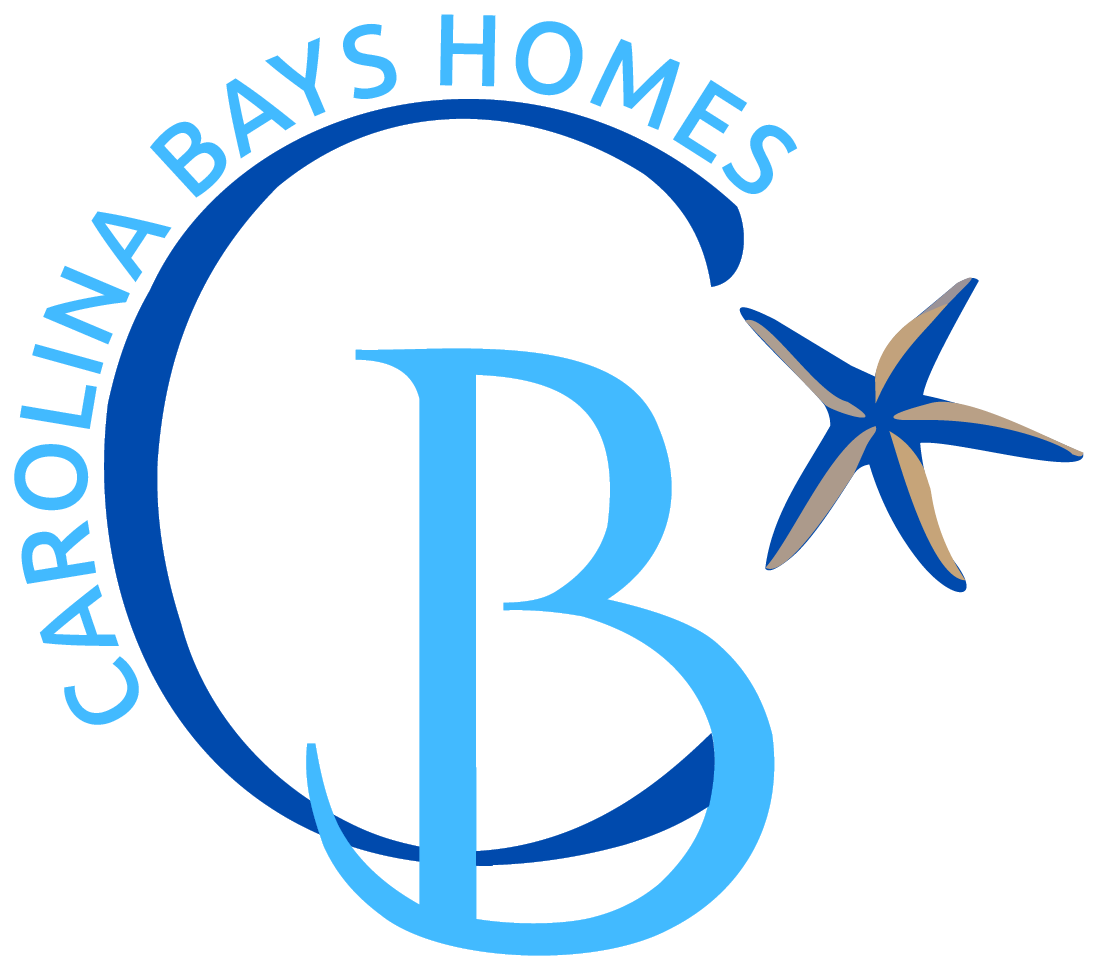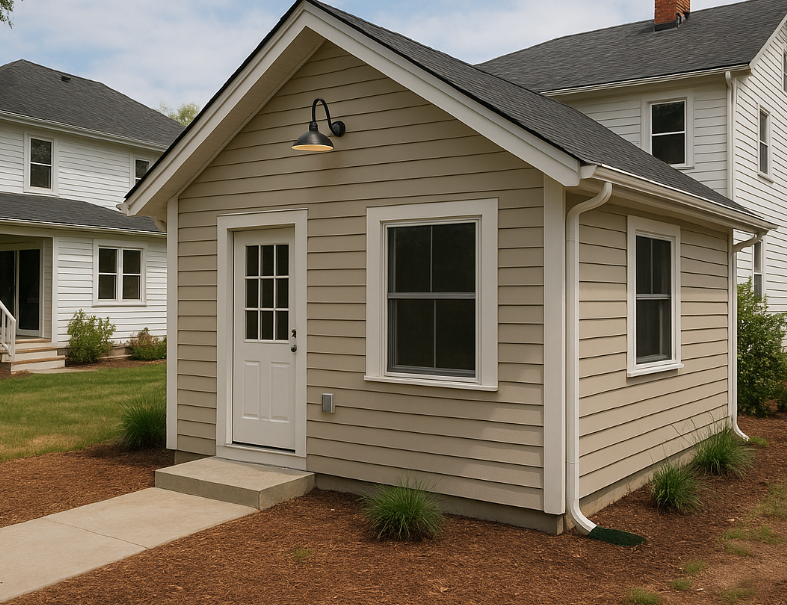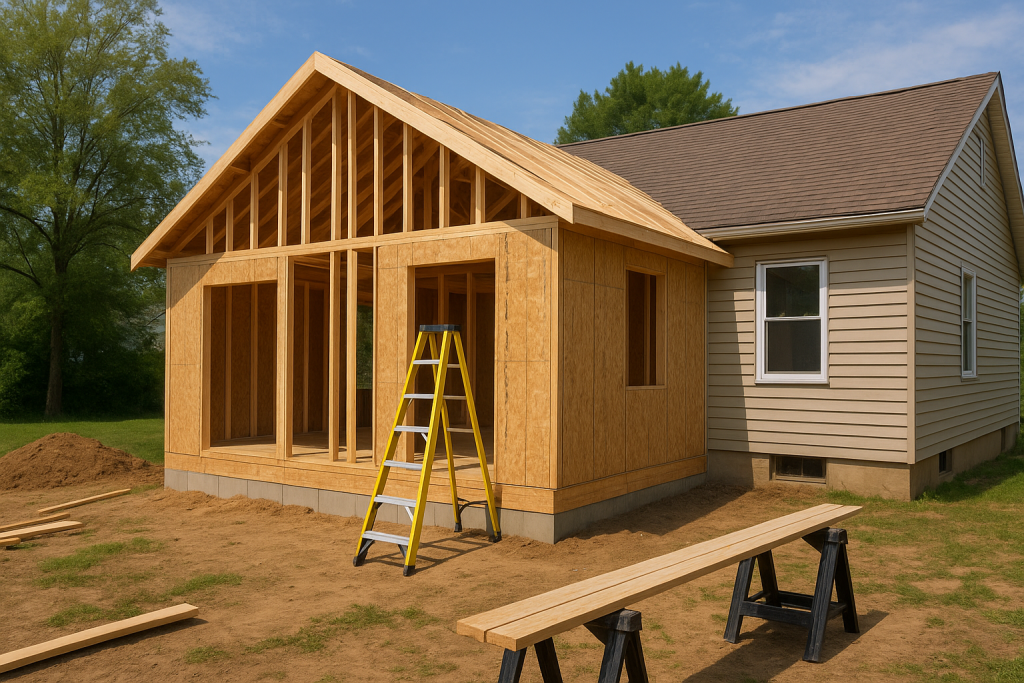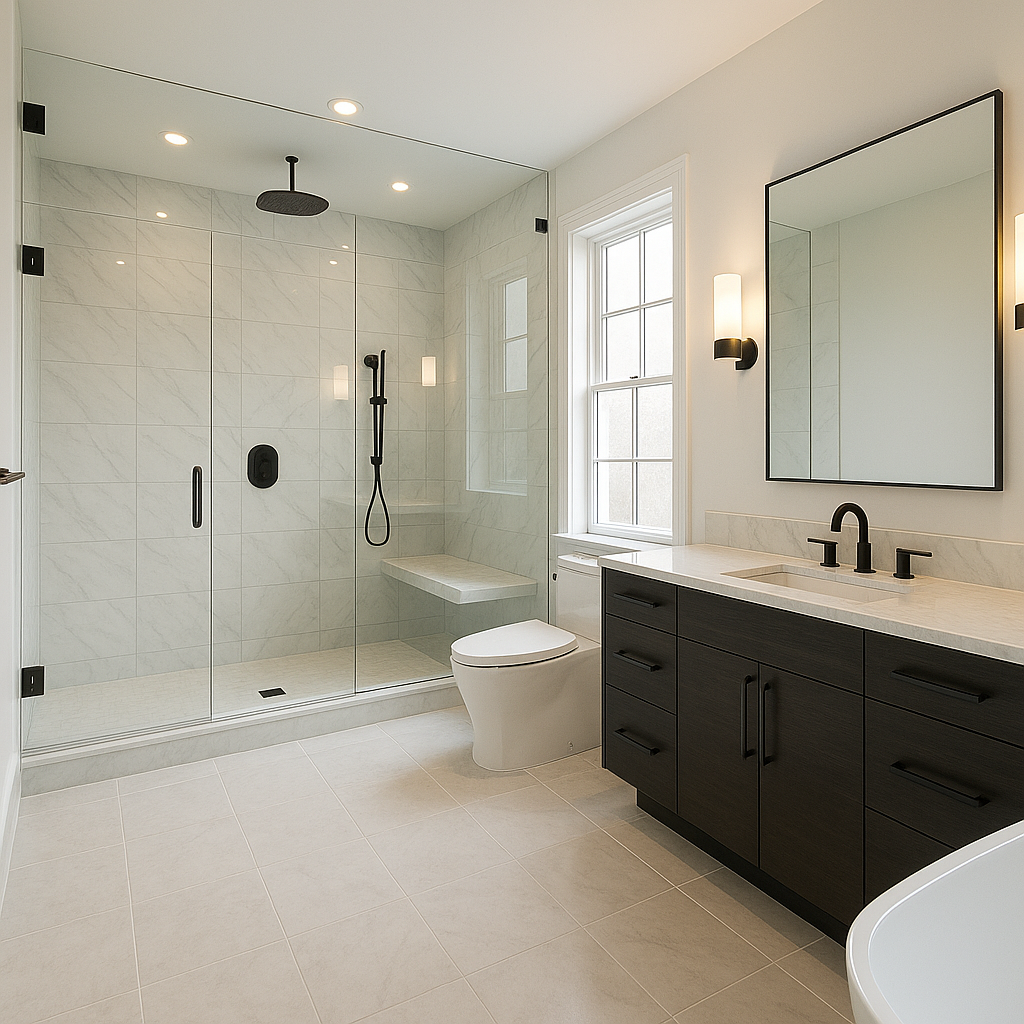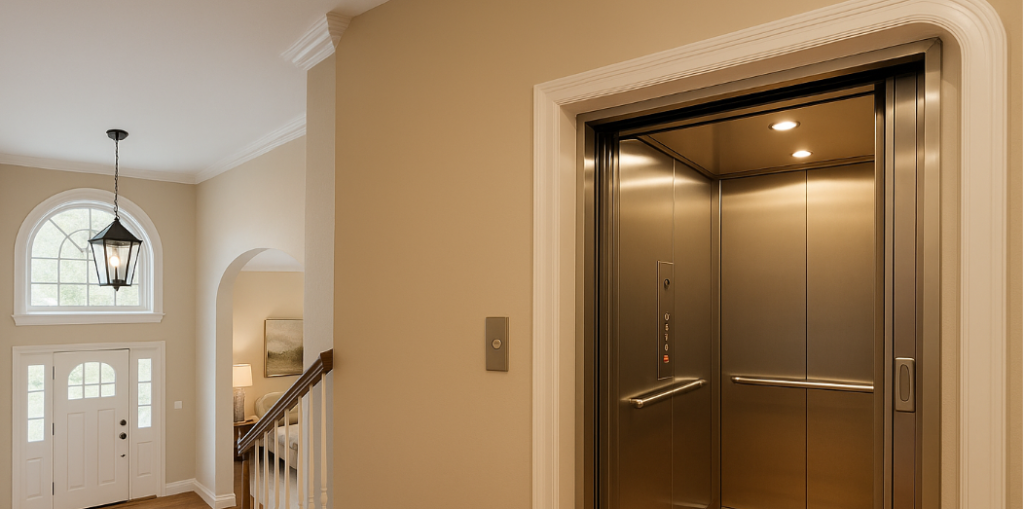Accessory Dwelling Units: The Smart Solution to Modern Housing Challenges
As housing costs continue to rise and families seek flexible living arrangements, a centuries-old housing concept is experiencing a remarkable renaissance. Accessory Dwelling Units, commonly known as ADUs, are transforming how homeowners think about their property’s potential while addressing critical housing shortages in communities across the country. As a Remodeling contractor in Myrtle Beach, many people have reached out to us about expanding their living areas and specifically have asked about ADUs, so we will address some key points about these dwelling units in this article.
What Are Accessory Dwelling Units?
An Accessory Dwelling Unit is a secondary housing unit located on the same lot as a primary residence. These self-contained living spaces include their own kitchen, bathroom, and sleeping areas, making them fully functional homes despite their smaller size. ADUs go by many names depending on the region: granny flats, in-law suites, backyard cottages, carriage houses, or secondary suites.
ADUs can take several forms, each offering unique advantages depending on the property and the homeowner’s needs. Detached ADUs are separate structures built in backyards or side yards, often resembling small homes or cottages. Attached ADUs are connected to the main house but have separate entrances, typically built as additions or extensions. Garage conversion ADUs transform existing garages into living spaces, making efficient use of existing structures. Internal ADUs are created within the main house by converting basements, attics, or other underutilized spaces into separate living units.The Surge in ADU Popularity
The popularity of ADUs has exploded in recent years, driven by a convergence of economic, social, and regulatory factors. Housing affordability crises in major metropolitan areas have pushed both homeowners and policymakers to seek creative solutions, and ADUs have emerged as one of the most practical answers.
California led the charge with legislation that streamlined ADU approval processes, and other states have quickly followed suit. Cities from Seattle to Atlanta have updated their zoning codes to encourage ADU development, recognizing these units as essential tools for increasing housing density without changing neighborhood character.
The numbers tell the story of this remarkable growth. In Los Angeles alone, ADU permits increased from fewer than 100 annually to over 20,000 in recent years. Portland, Oregon, has seen similar explosive growth, with ADUs now representing a significant portion of new housing construction in the city.Financial Benefits for Homeowners
One of the most compelling reasons for ADU popularity is the significant financial benefit they provide to homeowners. Rental income from an ADU can range from $1,000 to $3,000 or more per month, depending on location and amenities. This additional income can help homeowners pay down mortgages faster, build wealth, or simply manage rising living costs.
The return on investment for ADUs is often impressive. While construction costs typically range from $100,000 to $300,000 depending on size and finishes, the rental income and increased property value usually justify the investment within several years. Many homeowners find that ADU rental income covers a significant portion of their mortgage payments, effectively allowing their property to help pay for itself.
Beyond rental income, ADUs increase overall property values. Real estate professionals report that properties with well-designed ADUs can see value increases of 20% to 30%, making them one of the most effective home improvements for building equity.Addressing the Housing Crisis
ADUs represent a crucial tool in addressing housing shortages without the disruption and cost of large-scale development projects. They add housing density to existing neighborhoods while maintaining the character and scale that residents value. This approach to housing development is often called “gentle density” because it increases available housing without dramatically changing neighborhood aesthetics.
For renters, ADUs often provide more affordable options than traditional apartments, particularly in expensive markets. The smaller size typically translates to lower rent, making homeownership areas accessible to a broader range of income levels. This diversity can strengthen communities and provide essential workforce housing for teachers, first responders, and other community workers.Multigenerational Living Solutions
One of the most common uses for ADUs is facilitating multigenerational living arrangements. As the population ages and adult children face economic challenges, many families are choosing to live closer together while maintaining independence and privacy.
ADUs allow aging parents to remain close to family support systems while retaining their autonomy. Adult children can live nearby while saving money, caring for elderly parents, or helping with grandchildren. This arrangement benefits all generations by providing mutual support, shared resources, and stronger family connections.
The COVID-19 pandemic accelerated interest in multigenerational living as families recognized the value of having support systems nearby. ADUs provide the perfect solution for families who want to be close but not necessarily under the same roof.Home Office and Remote Work Solutions
The shift toward remote work has created new demand for dedicated office spaces, and ADUs are perfectly positioned to meet this need. A backyard office ADU provides the separation between work and home life that many remote workers crave, along with the professional appearance necessary for video calls and client meetings.
These work-focused ADUs often include features like high-speed internet connectivity, professional lighting, and soundproofing. Some homeowners use their ADUs as creative studios, therapy offices, or spaces for consulting businesses, effectively running professional operations from their residential properties.Creative and Flexible Uses
Beyond traditional housing and office uses, ADUs serve many creative purposes that reflect their owners’ lifestyles and interests. Some homeowners create art studios, music practice rooms, or workshops where they can pursue hobbies without disturbing the main household.
Fitness enthusiasts build ADUs as home gyms or yoga studios, while others create entertainment spaces for watching sports or hosting gatherings. Some ADUs serve as guest houses for visiting family and friends, providing comfortable accommodations without the ongoing costs of unused space.Short-Term Rental Opportunities
In areas where regulations permit, many homeowners use their ADUs for short-term rentals through platforms like Airbnb and VRBO. This approach can generate higher income than traditional long-term rentals, particularly in tourist destinations or business travel markets.
Short-term rental ADUs often command premium rates because they offer privacy and amenities that hotels cannot match. Guests appreciate having a full kitchen, separate entrance, and residential neighborhood experience while homeowners benefit from the flexibility to use the space for other purposes during slower rental periods.Design and Construction Considerations
Successful ADUs require thoughtful planning that considers both functionality and neighborhood integration. The best ADUs complement the main house’s architectural style while providing all the amenities necessary for comfortable living. Efficient space planning is crucial, with features like built-in storage, multi-functional furniture, and open floor plans maximizing the utility of limited square footage.
Many ADUs incorporate sustainable features like solar panels, energy-efficient appliances, and water-saving fixtures. These green features not only reduce operating costs but also appeal to environmentally conscious renters and increase the property’s overall value.Regulatory Landscape and Approval Process
The regulatory environment for ADUs has improved dramatically in recent years, but requirements vary significantly by location. Most jurisdictions now have streamlined approval processes for ADUs, with some offering pre-approved plans that can accelerate construction timelines.
Common requirements include setback restrictions, height limitations, and parking provisions, though many communities have relaxed these requirements to encourage ADU development. Some areas offer incentives like reduced permit fees or expedited approvals for ADUs that meet affordability requirements.The Future of ADUs
As housing challenges continue and communities seek sustainable growth solutions, ADUs are likely to become even more common. Technology advances are making ADU construction faster and more affordable, with prefabricated options and standardized designs reducing costs and construction times.
The success of ADU programs in early-adopting cities is encouraging other communities to embrace these policies. As more homeowners experience the benefits of ADU ownership and more renters find quality housing in these units, public support for ADU-friendly policies continues to grow.Making the ADU Decision
For homeowners considering an ADU, the decision often comes down to their specific goals and circumstances. Those seeking rental income, planning for aging family members, or needing additional space for work or hobbies often find ADUs to be excellent investments.
The key to ADU success is careful planning that considers both immediate needs and long-term goals. Working with experienced designers and contractors who understand local regulations and best practices can help ensure that an ADU project delivers the intended benefits while adding lasting value to the property.
Accessory Dwelling Units represent more than just a housing trend—they’re a practical response to evolving family needs, economic pressures, and community challenges. As more homeowners discover the flexibility and financial benefits that ADUs provide, these versatile structures are reshaping how we think about residential properties and community development. For more on ADUs or other remodeling or home building questions, reach out to us.
